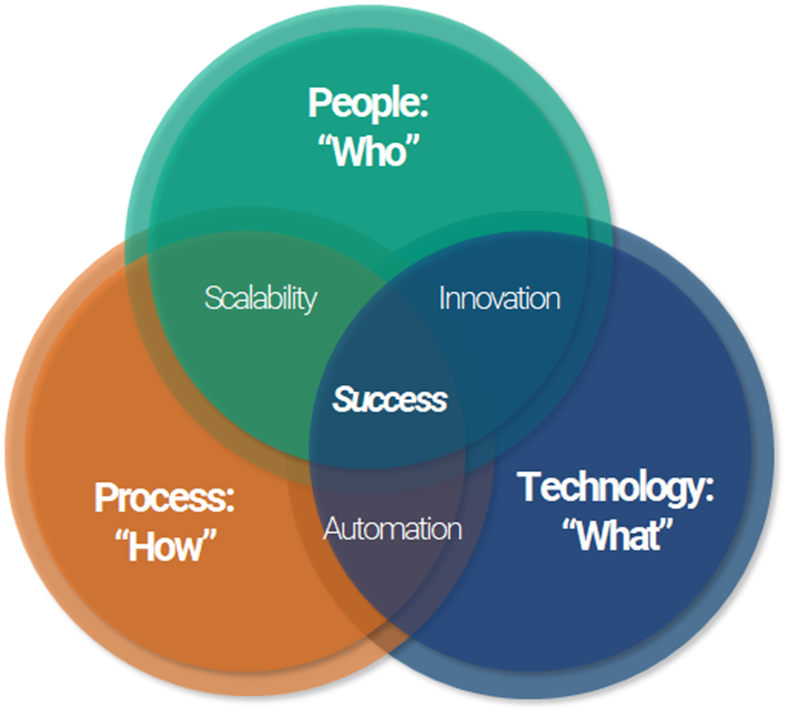
As a tech incubator CEO, one of my most critical responsibilities is to equip people with the tools and mindset to constantly improve their work. But how do I teach this effectively? Is there a structured approach that guarantees success?
Over time, I developed one. Here’s the process that works for me:
Step 1: Flowchart the Process
Start by mapping out the process with a flowchart. Use state diagrams to break it down into “States” and “Transitions.” This visual representation will help you fully understand the flow and pinpoint key steps.
Step 2: Define Metrics for the Desired Outcome
Once you have the process mapped out, identify the metrics that signal a successful outcome. This step will reveal any exceptions—instances where the process doesn’t perform as expected.
Step 3: Create an Alert System for Exceptions
Next, set up an alert mechanism to monitor these exceptions. Use time-based or event-based triggers. For example, if a process is stuck at a certain state for more than a specified number of hours, raise an alert.
Step 4: Apply the PPT Method
When an alert pops up, use the PPT framework to address it:
- T (Technology): First, check if a technological solution can fix the issue.
- P (Process): If technology doesn’t solve the problem, evaluate if a process adjustment will work.
- P (People): If neither technology nor process resolves it, the focus shifts to people—providing training or education to address the issue.
It’s essential to follow this sequence: Technology → Process → People.
The Results:
By following this structure, you’ll:
- Create a clear blueprint of the entire system.
- Define the expected outcomes.
- Establish a process for continuous improvement.
This method ensures that you’re always monitoring for exceptions, and when they occur, you have a clear, systematic way to improve the process using the PPT approach.
I call it the Melih Cycle, and I hope you find it just as effective!



